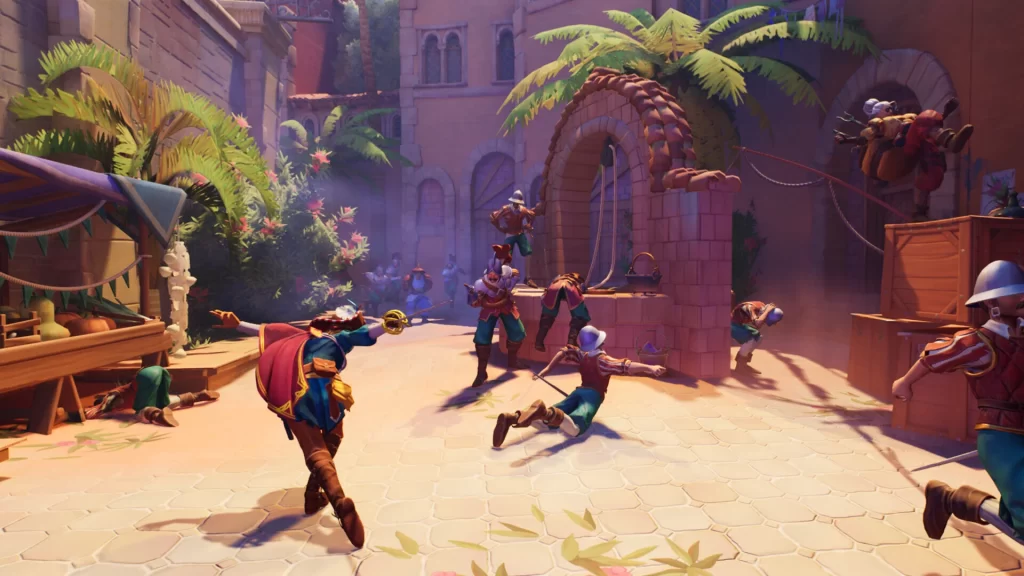Mastering the art of trading in video games can be a rewarding journey, especially in titles that allow for in-game transactions and investments. These virtual economies have grown in complexity, creating opportunities for players to engage in intricate trade systems where knowledge and strategy can lead to in-game riches or rewards. To succeed in these virtual markets, players need to understand several core principles, including supply and demand dynamics, market timing, and long-term value investments. One of the foundational strategies for successful in-game transactions is understanding supply and demand. Just like in real-world markets, items or resources that are scarce often hold more value. Monitoring fluctuations in supply such as when a new event or patch makes certain items harder to obtain can offer an edge in determining when to buy or sell. Smart traders will anticipate demand spikes, such as before a major in-game event or expansion, and stock up on high-value goods in advance.

Similarly, when the market becomes flooded with common items, prices often drop. In these instances, perceptive traders will avoid selling and wait until the supply dwindles to maximize profits. Timing is another essential factor in becoming a successful in-game trader. Market cycles vary, and recognizing these patterns can lead to huge profits. For example, if a game experiences frequent updates or seasonal changes, there are likely periods when certain items or resources become more valuable. Traders who stay informed and time their investments based on these updates will have a significant advantage. On the other side, making purchases during a market lull, when demand is lower and prices are cheaper, can result in long-term gains once the Gaming marketplace rebounds. Investing for long-term gains is a more advanced strategy but can lead to substantial profits. Certain items, rare resources, or even player-created assets such as skins, characters, or land in games with player-driven economies may appreciate over time.
By identifying these opportunities early and holding onto them until their value appreciates, traders can generate significant returns. However, patience and insight into the game’s economic trends are critical to pulling off this strategy successfully. To ensure success in in game trading, players should also diversify their assets. Just as in traditional investments, relying too heavily on one type of item or resource can lead to financial instability if the market shifts unexpectedly. By spreading investments across multiple asset classes within the game, players can mitigate risk and increase the likelihood of consistent gains. In-game trading offers a unique blend of fun and financial strategy, making it an exciting challenge for players who wish to dive deeper into the game’s economy. By mastering the principles of supply and demand, perfecting their timing, and making wise long-term investments, players can turn virtual trading into a profitable and rewarding experience.